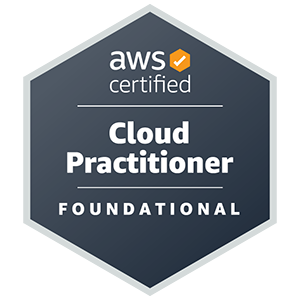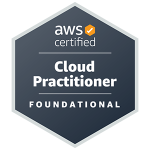- AWS Certified Cloud Practitioner Crash Course
- Domain 2: Security and Compliance
- AWS Well-Architected Framework
This post fits between domains two and three of the AWS Certified Cloud Practitioner crash course. However, I feel the AWS Well-Architected Framework needs its own blog post since it is a rather over-arching concept of good cloud and software architecture practices.
How this course is structured
Each heading of this post refers to a learning objective of the AWS Certified Cloud Practitioner exam guide. It might not be the easiest way to read, but I felt it was the most certain to cover everything that is needed.
The Well-Architected Framework (WAF) is a set of best practices that enable building high-performance, secure, resilient, and efficient applications and workloads. It is built around six pillars:
- operational excellence
- security
- reliability
- performance efficiency
- cost optimization
- sustainability
Let’s explore each domain of the AWS Well-Architected Framework:
Operational excellence design principles:
- Perform operations as code
- Make frequent, small, reversible changes
- Refine operations procedures frequently
- Anticipate failure
- Learn from all operational failures
Security design principles
- Implement a strong identity foundation
- Enable traceability
- Apply security at all layers
- Automate best practices
- Protect data in transit and at rest
- Keep people away from data
- Prepare for security events
Reliability design principles
- Automatically recover from failure
- Test recovery procedures
- Save horizontally to increase aggregate workload availability
- Stop guessing capacity
- Manage change in automation
Performance design principles
- Democatrize advanced technologies
- Go global in minutes
- Use serverless architectures
- Experiment more often
- Consider mechanical sympathy
Cost optimization design principles
- Implement cloud financial management
- Adopt a consumption model
- Measure overall efficiency
- Stop spending money on undifferentiated heavy lifting
- Analyze and attribute expenditure
Sustainability design principles (not part of the exam)
- Understand your impact
- Establish sustainability goals
- Maximize utilization
- Anticipate and adopt new, more efficient hardware and software offerings
- Use managed services
- Reduce the downstream impact of your cloud workloads


Leave a Reply